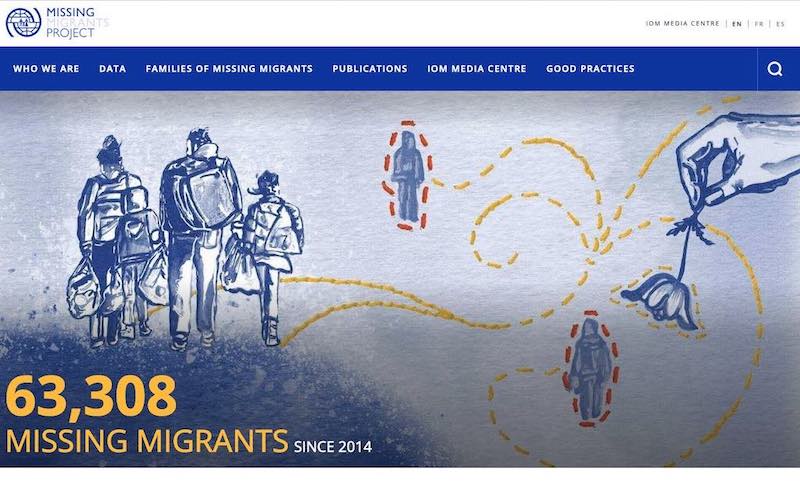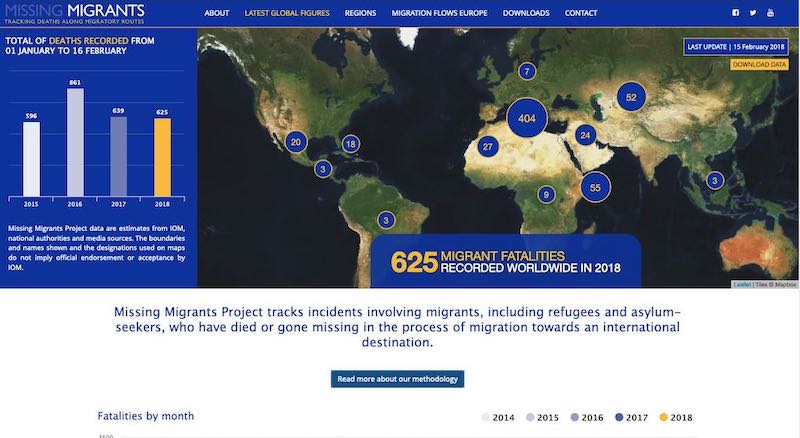By Mike Lehman
As I write this reflection on teaching global literature, I begin, as I often do, by questioning the category itself. I’ve come to consider the problems of research in the field of global literature, which seems to have become a container for diverse narratives that transcend national, regional, or genre-based classifications. I question whether texts promising an alternative future lose their impetus to create social and political change once they are folded into the sometimes featureless category of global or world literature?
This past semester, my course focused on migrant narratives—a subgenre within global and postcolonial literary studies—delivered through various modes and mediums. We read and analyzed texts from a variety of geographical regions, loosely organized around oceanic connection. Our course readings spanned various regions, including Hong Kong literature, Ananda Devi’s poetry collection Ceux du large, Nam Le’s “The Boat” and its digital rendition by Matt Huynh, as well as Krys Lee’s “Drifting House.” In addition, we explored migrant representation in new media, particularly in short film, poetry, and graphic narratives. For this reflection, I will focus on two texts we read together, the web platform “The Missing Migrants Project” and Lio Sperandeo’s short film “People of Nowhere.” The first text seeks to record people who have died globally in the process of migration, while the second attempts to give a human perspective on Syrian refugees arriving on the Greek Island of Lesvos. Ultimately, the learning goal is to consider who and who is not granted human rights.
It is important for me, and I believe for students as well, to not only recognize how we read the voices of others, but to also consider how their voices are narrated and delivered. As Yen Le Expiritu reminds us, reading “seemingly different and disconnected events, communities, histories, and spaces” illuminates “what would otherwise not be visible about the contours, contents, and afterlives of war and empire” (Espiritu). Considering this, at the beginning of class I asked students to navigate “The Missing Migrants Project” and view “People of Nowhere” in small groups. I provided a shared google doc for them to articulate their thoughts, as well as bring in different forms of media as evidence in their comparative readings of the texts. I ask students to address one question for which they shared their response with the rest of the class during class discussion: “In your group, discuss then take notes on what it means to ethically represent the people used as source material in these texts.”
The Missing Migrants Project

The International Organization for Migration created the Missing Migrants Project (MMP) to trace deaths in the Mediterranean using a restrictive methodology. This leads to overall lower body counts than other organizations, but what students find when they navigate the page is the importance of recognizing the individual stories behind each data point. One group in the class explained that the MMP attempts to balance between the visual and emotional representation with factual information, but in doing so the data alienates the viewers as the humanity of migrants is reduced to numbers. Another group added that while MMP highlights impactful and important information to evoke emotion from the audience, the site also drives readers to feel detached from the immigrant experience. Others mentioned the difficulty of communicating the entirety of the migrant experience, as it is always diluted in one way or another.
After working through several of the groups’ comments on the MMP, we further discussed the role of emotion, with many students suggesting that aspects of the site offer ways to feel empathetic toward the migrant experience. At this point, I used the internet archive to show what the MMP looked like in 2018.

By focusing on the use of the phrase “tracking deaths along migratory routes,” we had an engaging discussion that questioned why we only grant humanity once the human is dead. As several students pointed out, this older version of the MMP primarily focused on data, with little narrative. This stood out in contrast to the current version which offers personal and family narratives that help illuminate the reasons why people flee their home, the impact on families, and details about those individuals who were lost. Students noted that it offers, as much as possible, an understanding of the people behind the numbers. For first year students at a STEM institution, this is the point I try to get across, that is that there is an individual narrative behind the data people and researchers are using, and it is of utmost importance to understand the impact technology and new developments in science will have on global populations.
People of Nowhere
Lior Sperandeo’s People of Nowhere is a short film, around two minutes, that offers a glimpse into the Syrian Refugee Crisis in 2015. As the director explains, “seeing the people behind the headlines with my own eyes, and feeling their deep struggle, broke my heart” (Sperandeo). I began this section of class by asking people’s initial reaction to the film. The majority of the groups found the film to be emotionally touching, and that it makes the audience “feel” for the Syrian asylum seekers depicted in the film. Students also remarked on the use of background music, and how the crescendo toward the end of the film was effective in informing viewers of the situation in a audio, visual, and emotional manner. One group additionally added that the film was aimed toward a “Western” audience because it was condensed and easy to consume.
At this point, we watched the video as a class again. I asked students what the film reminded them of. After a student mentioned that it looked like a “movie trailer,” we were able to more fully explore representation. The film portrays a tragic event as entertainment, and as we further discussed this issue others noted that it reminded them of a commercial, and by providing the statement “People of Nowhere” at the end of the film, the text in fact frames the migrants without a history or home. Students debated on the way the film portrayed others, but overall believed that it drew attention to the migration crisis and made the audience empathetic. At this point, we moved to a discussion about empathy, and whether it was an emotion that led to any type of political change. I tried to get them to flesh out the idea that empathy is temporary, and that more specifically, as they mentioned, the easily consumable text made the audience complicit in the situation, a feeling that lasts longer and could potentially lead to some type of meaningful social change.
One group summed up the discussion well in a series of questions they asked: Is there truly a “correct” form of portrayal? Do we even have the right to know the full story? Whereas the sources try to spread impactful information, likely with the best intentions, the question becomes how does the viewer experience that?
Conclusion
By choosing texts outside Atlanta that were new to students and helped them observe debates on migration from a global perspective, I encouraged students to consider the importance of close reading that way media is disseminated. I believe they learned that they need to read the medium of delivery as much as the content to fully understand the complexities of representation, to move toward who, not what, is represented. In reflection, I aim to evolve my pedagogical practices in teaching human rights, fostering a learning environment that embraces innovative reading practices. Migration cannot be told through a single narrative or representation; thus, reading migration requires collaborative work across fields and disciplines, and with every member in the classroom. I am reminded of Joseph Slaughter’s words: “the texts we read–and how we read, teach, speak, and write about them–have an effect (however unpredictable) on the possibility that the projection of a world based on human rights might become legible, articulable, and perhaps, even commonsensical” (Slaughter, 328)
Bibliography
Espiritu, Yen Le. Body Counts: the Vietnam War and Militarized Refuge(es). University of California Press, 2014.
“Missing Migrants Project.” International Organization for Migration, 2023, https://missingmigrants.iom.int/.
“Missing Migrants.” International Organization for Migration, 2018, https://web.archive.org/web/20180216151459/https://missingmigrants.iom.int/.
Slaughter, Joseph R. Human Rights, Inc.: The World Novel, Narrative Form, and International Law. Fordham University Press, 2007.
Sperandeo, Lior. “People of Nowhere.” Youtube, uploaded by Lior Sperandeo, 18 Dec. 2015, https://www.youtube.com/watch?v=nNMNNZ7kYUY.
